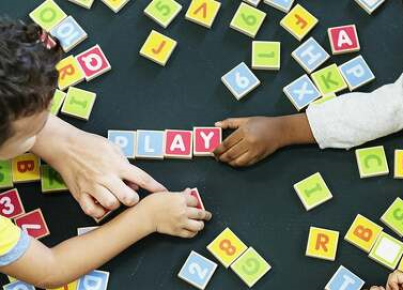In recent years, the educational landscape has witnessed a surprising integration of popular video games as learning tools, and Among Us is no exception. Known for its thrilling multiplayer gameplay that promotes communication, teamwork, and critical thinking, the game has found its way into classrooms, being used in seriously clever ways by teachers aiming to enhance students’ cognitive and social skills.
Among Us is an online multiplayer game where players are assigned the role of either a ‘Crewmate’ tasked with completing various missions or an ‘Impostor’ bent on sabotaging the efforts of others without getting caught. The catch is that players do not know each other’s identities and must deduce who the impostors are through discussion and observation.
Teachers are leveraging this gameplay in numerous educational ways. Language arts instructors, for instance, use Among Us to bolster argumentative skills. As students deliberate who they think the impostor might be, they learn to construct persuasive narratives and support their points with evidence. Additionally, playing Among Us can help build a literary understanding of plot, conflict, and character motives — foundational elements in storytelling.
The game’s inherent requirement for cooperative play aligns perfectly with lessons on teamwork and group dynamics. Students must communicate effectively, listen to each other’s theories, and collaborate on decision-making. This mirrors real-life situations where working in teams is crucial.
In social studies classes, educators use Among Us to simulate historical events or political scenarios where alliances and betrayals are common. Such role-play exercises encourage students to engage deeply with the material and understand complexities within historical contexts.
Science teachers have found Among Us useful for teaching scientific methods. By hypothesizing who the impostor might be based on accumulated “evidence” from gameplay sessions, students practice forming hypotheses and conducting experiments through in-game tasks that mimic laboratory work.
Among Us also helps address digital citizenship by emphasizing online safety and etiquette. Teachers guide discussions on appropriate online behavior, privacy settings, and how to handle anonymity in digital spaces — all critical skills for 21st-century learners.
Lastly, Amidst remote learning challenges, Among Us offers a platform for social interaction. It provides a fun way for students to connect with one another in times of social distancing while still engaging with educational content.
In conclusion, Among Us may seem like just a game at first glance but it is proving to be a multifaceted educational tool in classrooms around the world. Teachers continue to find innovative ways to incorporate it into their curriculum— an achievement that demonstrates gaming’s potential as a legitimate pedagogical aid.





